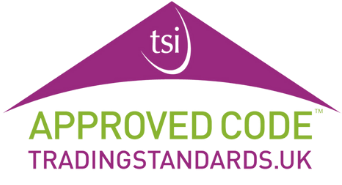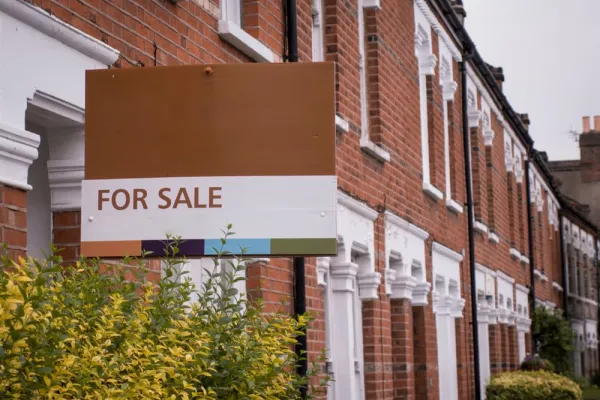Reading a gas meter is an essential skill for most homeowners.
It ensures you aren’t overpaying.
And it allows you to budget for the months ahead.
What is a gas meter?
A gas meter is a static device that measures the gas used in your house.
Gas is used to heat a boiler, supplying households with hot water. This is typically used for:
- Central heating
- Baths and showers
- Household tasks (cleaning dishes, floors, surfaces, etc.)
- Cooking (gas ovens and hobs).
Gas bills are usually paid monthly and are generally higher in winter (because of heating). They make up a significant part of overall household bills.
Houses with better insulation also generally have lower bills, too.
Many homeowners check their gas readings just before bills are received to ensure they are charged fairly.
Emergency Control Valves (ECVs).
When the gas supply is first connected to the property, it is usually fitted with an Emergency Control Valve.
This can be used to turn off the gas supply if there is a suspected gas leak.
Does every house have a gas meter?
Most – but not all – houses in the UK have a gas meter.
Experts predict that around 15% of properties are not connected to main gas. These houses do not have gas meters.
Reasons you need to read a gas meter
Ensure accurate billing
Your gas supplier will want you to provide them with your reading.
This ensures that you are billed for the correct amount.
If you don’t submit readings, your supplier may estimate your gas usage, resulting in inaccurate (higher or lower) bills.
Monitor your energy use
Many people monitor energy use, especially if they’re trying to reduce their monthly consumption.
Budget for future months
Knowing your gas usage makes it far easier to plan ahead. You can set your monthly budget more accurately.
Check your energy efficiency
Improved energy efficiency will reduce your energy bills in the medium to long run. It can also add value to your property.
How to read a gas meter UK
Not all gas meters are the same. So, the method of reading it depends on your meter type.
You can see the three main types listed below, alongside the method of reading it.
Digital metric meter
Your reading is the first five numbers from left to right. You should ignore any numbers that appear after the decimal point.
Digital imperial meter
Your reading is the first four numbers from left to right. You should ignore any numbers that appear after in red.
Dial meter
Write down the number each dial points to, from left to right.
If the dial is stuck between two numbers, you should write down the lower number. You should also ignore any red dials.
What if there’s a dispute over my gas meter reading?
You should speak to your energy supplier if you disagree about how much you’re using.
You can inform them if their readings are not consistent with yours. They will then hopefully send an expert to your house to confirm.
If you still don’t get anywhere, and feel you’re being wronged, you can complain to the Energy Ombudsman.
















